Karen Das
Head Gesture Recognition using Optical Flow based Classification with Reinforcement of GMM based Background Subtraction
Aug 05, 2013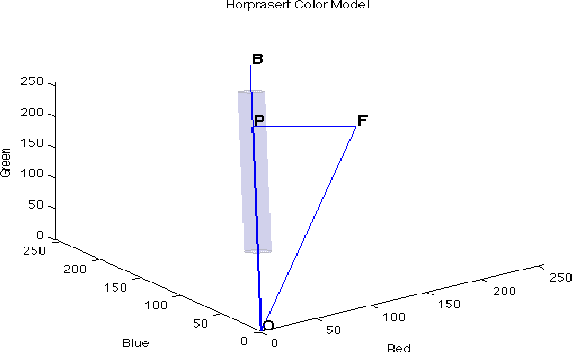
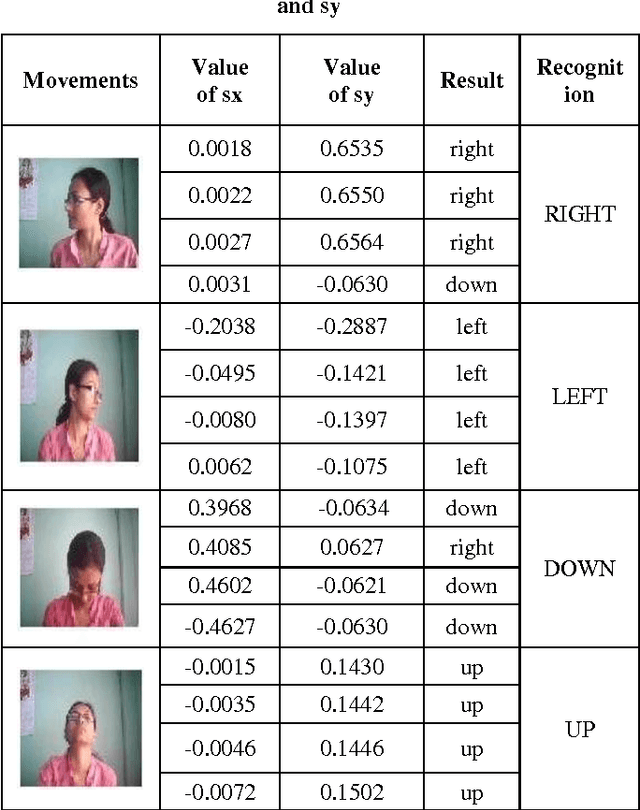


Abstract:This paper describes a technique of real time head gesture recognition system. The method includes Gaussian mixture model (GMM) accompanied by optical flow algorithm which provided us the required information regarding head movement. The proposed model can be implemented in various control system. We are also presenting the result and implementation of both mentioned method.
An Adaptive GMM Approach to Background Subtraction for Application in Real Time Surveillance
Jul 22, 2013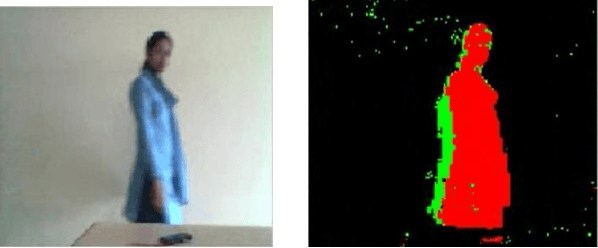
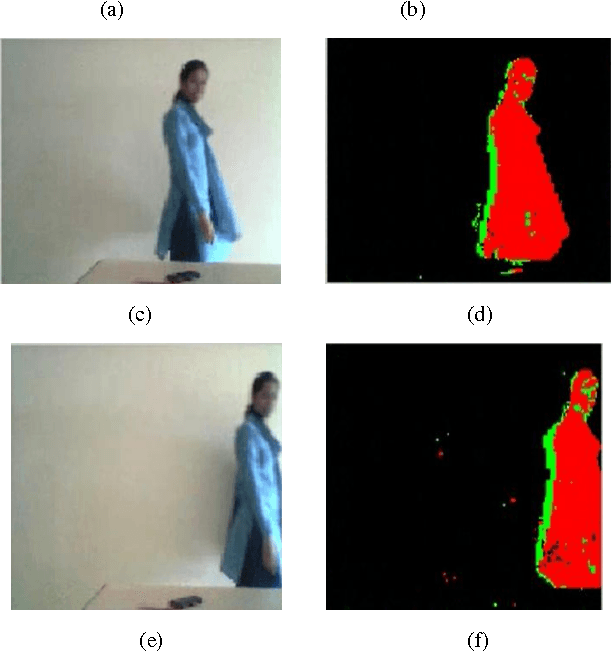
Abstract:Efficient security management has become an important parameter in todays world. As the problem is growing, there is an urgent need for the introduction of advanced technology and equipment to improve the state-of art of surveillance. In this paper we propose a model for real time background subtraction using AGMM. The proposed model is robust and adaptable to dynamic background, fast illumination changes, repetitive motion. Also we have incorporated a method for detecting shadows using the Horpresert color model. The proposed model can be employed for monitoring areas where movement or entry is highly restricted. So on detection of any unexpected events in the scene an alarm can be triggered and hence we can achieve real time surveillance even in the absence of constant human monitoring.
* 5 Pages
A Novel Equation based Classifier for Detecting Human in Images
Jul 22, 2013
Abstract:Shape based classification is one of the most challenging tasks in the field of computer vision. Shapes play a vital role in object recognition. The basic shapes in an image can occur in varying scale, position and orientation. And specially when detecting human, the task becomes more challenging owing to the largely varying size, shape, posture and clothing of human. So, in our work we detect human, based on the head-shoulder shape as it is the most unvarying part of human body. Here, firstly a new and a novel equation named as the Omega Equation that describes the shape of human head-shoulder is developed and based on this equation, a classifier is designed particularly for detecting human presence in a scene. The classifier detects human by analyzing some of the discriminative features of the values of the parameters obtained from the Omega equation. The proposed method has been tested on a variety of shape dataset taking into consideration the complexities of human head-shoulder shape. In all the experiments the proposed method demonstrated satisfactory results.
* published with international journal of Computer Applications (IJCA)
Hand Gesture Recognition Based on Karhunen-Loeve Transform
Jun 11, 2013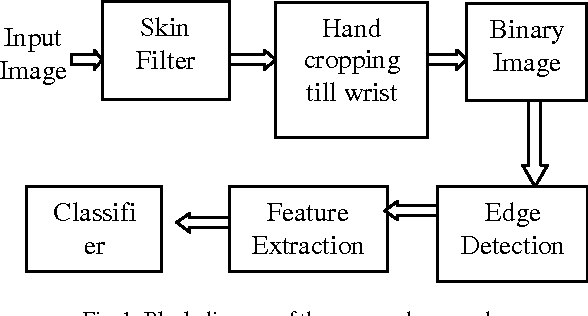
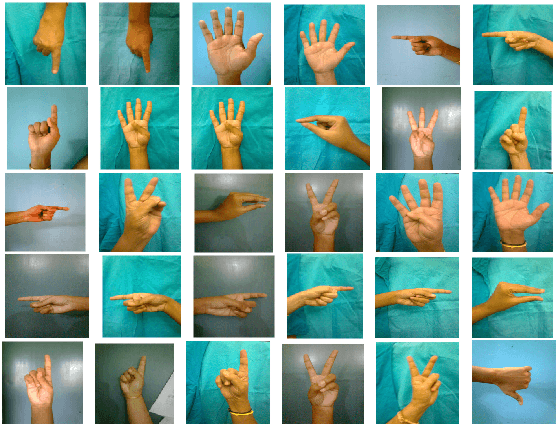
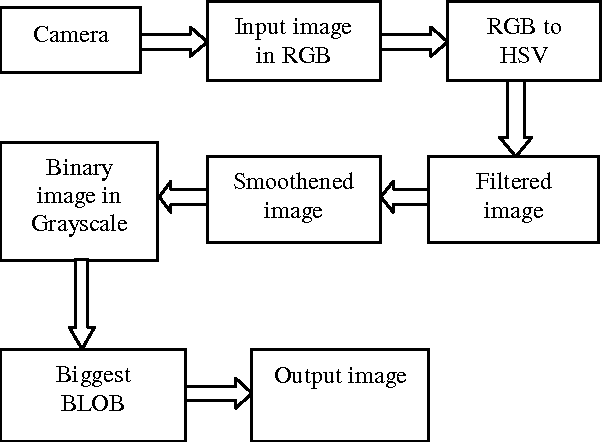
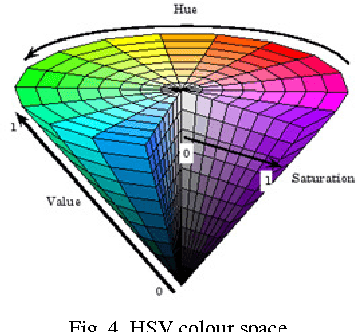
Abstract:In this paper, we have proposed a system based on K-L Transform to recognize different hand gestures. The system consists of five steps: skin filtering, palm cropping, edge detection, feature extraction, and classification. Firstly the hand is detected using skin filtering and palm cropping was performed to extract out only the palm portion of the hand. The extracted image was then processed using the Canny Edge Detection technique to extract the outline images of palm. After palm extraction, the features of hand were extracted using K-L Transform technique and finally the input gesture was recognized using proper classifier. In our system, we have tested for 10 different hand gestures, and recognizing rate obtained was 96%. Hence we propose an easy approach to recognize different hand gestures.
Recognition of Indian Sign Language in Live Video
Jun 06, 2013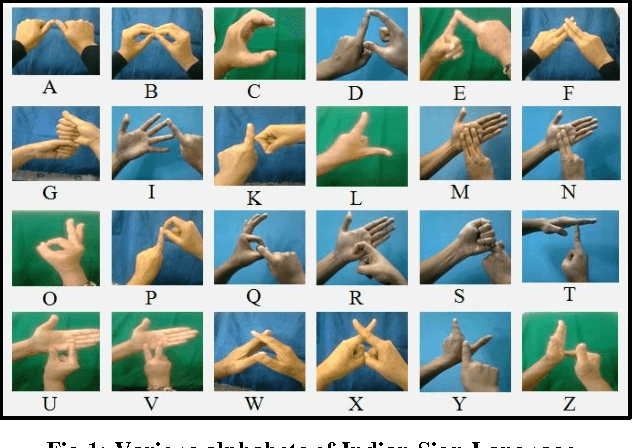
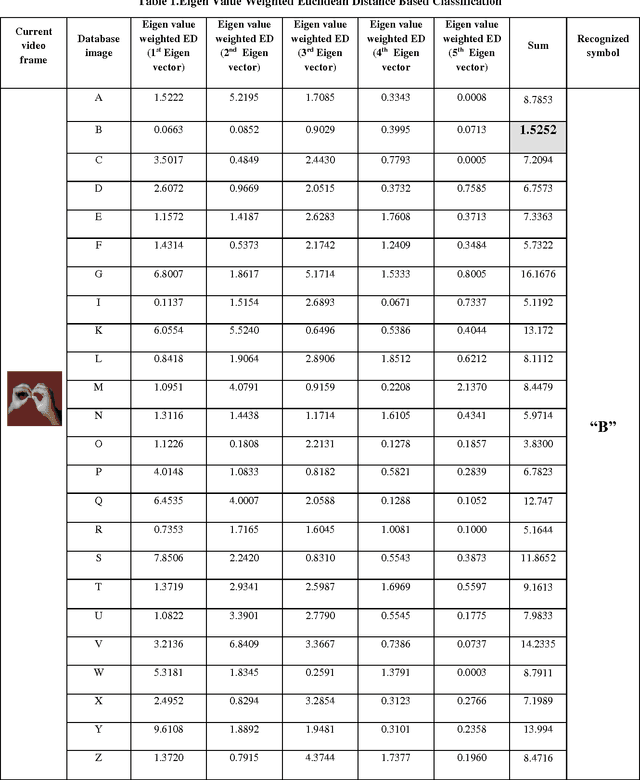
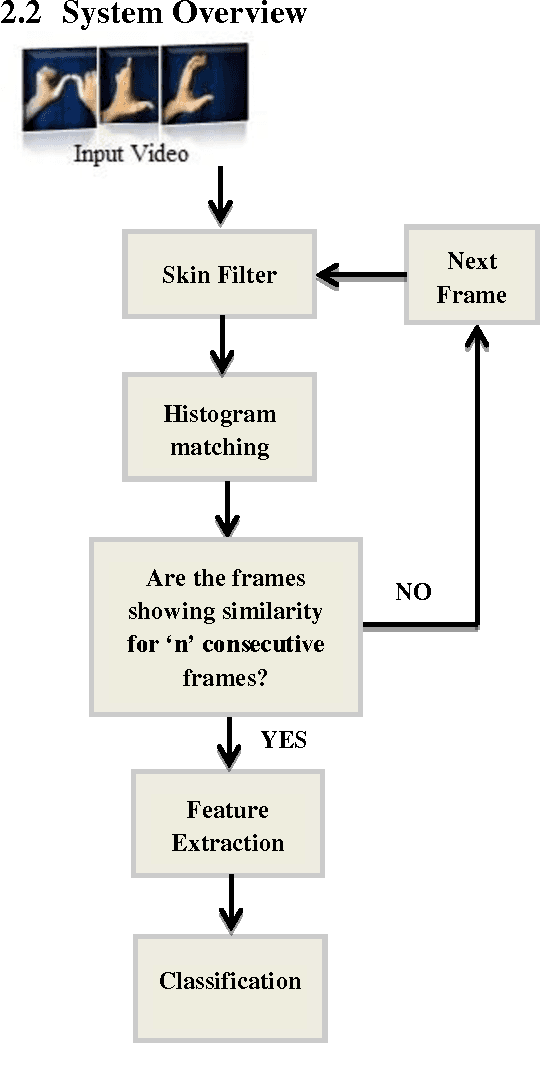
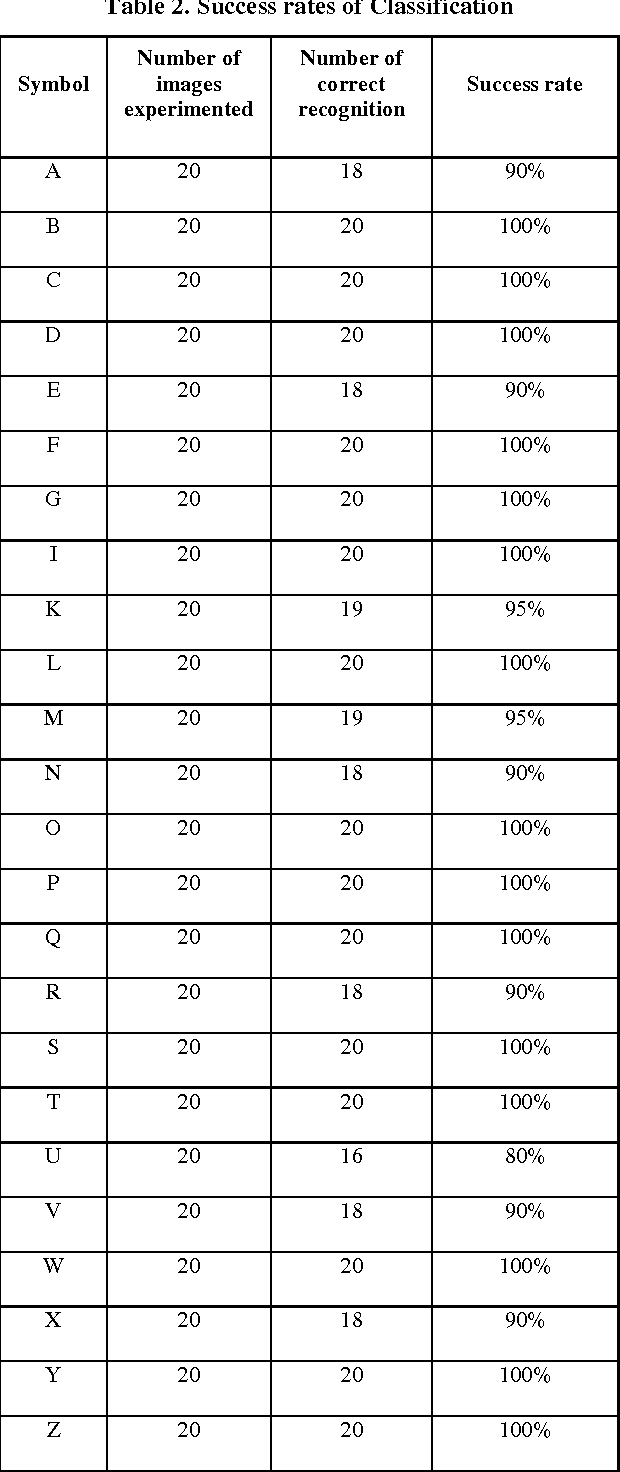
Abstract:Sign Language Recognition has emerged as one of the important area of research in Computer Vision. The difficulty faced by the researchers is that the instances of signs vary with both motion and appearance. Thus, in this paper a novel approach for recognizing various alphabets of Indian Sign Language is proposed where continuous video sequences of the signs have been considered. The proposed system comprises of three stages: Preprocessing stage, Feature Extraction and Classification. Preprocessing stage includes skin filtering, histogram matching. Eigen values and Eigen Vectors were considered for feature extraction stage and finally Eigen value weighted Euclidean distance is used to recognize the sign. It deals with bare hands, thus allowing the user to interact with the system in natural way. We have considered 24 different alphabets in the video sequences and attained a success rate of 96.25%.
* 6 pages, 5 figures
Intelligent Approaches to interact with Machines using Hand Gesture Recognition in Natural way: A Survey
Mar 10, 2013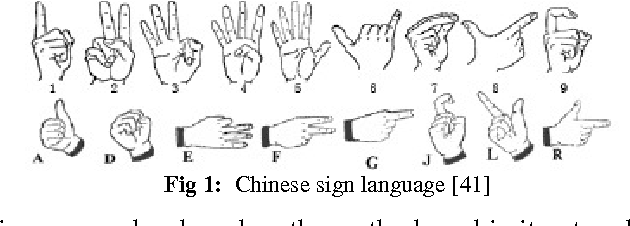
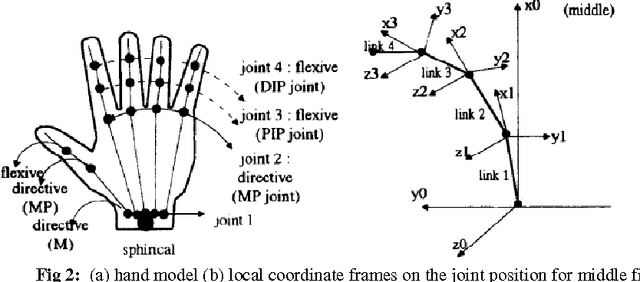
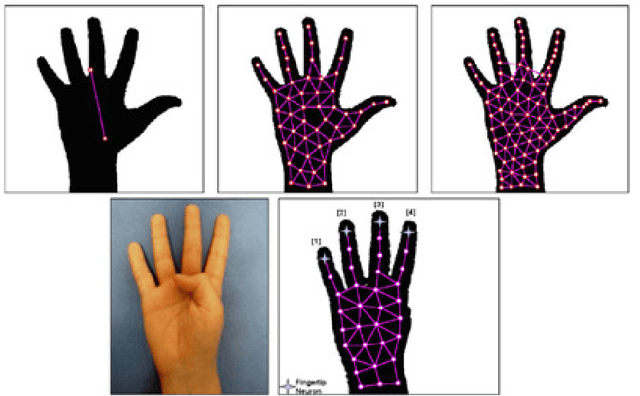
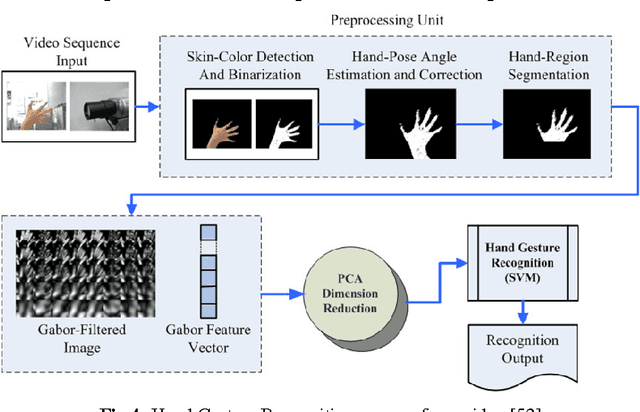
Abstract:Hand gestures recognition (HGR) is one of the main areas of research for the engineers, scientists and bioinformatics. HGR is the natural way of Human Machine interaction and today many researchers in the academia and industry are working on different application to make interactions more easy, natural and convenient without wearing any extra device. HGR can be applied from games control to vision enabled robot control, from virtual reality to smart home systems. In this paper we are discussing work done in the area of hand gesture recognition where focus is on the intelligent approaches including soft computing based methods like artificial neural network, fuzzy logic, genetic algorithms etc. The methods in the preprocessing of image for segmentation and hand image construction also taken into study. Most researchers used fingertips for hand detection in appearance based modeling. Finally the comparison of results given by different researchers is also presented.
Recognition of Facial Expression Using Eigenvector Based Distributed Features and Euclidean Distance Based Decision Making Technique
Mar 04, 2013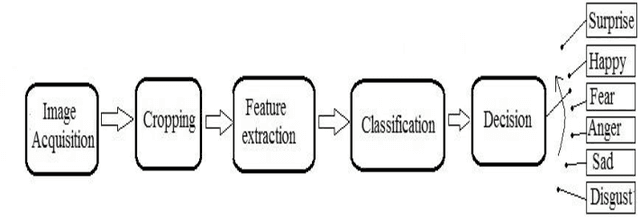
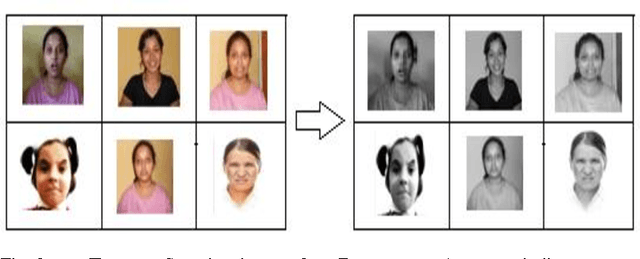
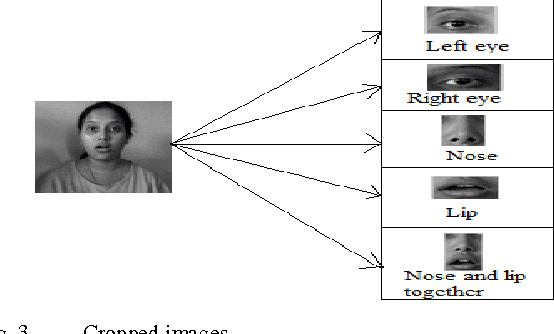
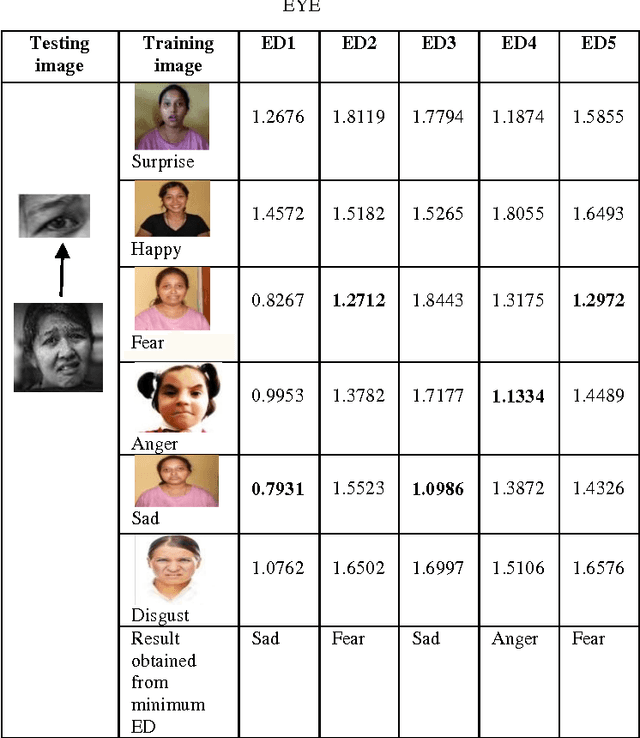
Abstract:In this paper, an Eigenvector based system has been presented to recognize facial expressions from digital facial images. In the approach, firstly the images were acquired and cropping of five significant portions from the image was performed to extract and store the Eigenvectors specific to the expressions. The Eigenvectors for the test images were also computed, and finally the input facial image was recognized when similarity was obtained by calculating the minimum Euclidean distance between the test image and the different expressions.
Indian Sign Language Recognition Using Eigen Value Weighted Euclidean Distance Based Classification Technique
Mar 04, 2013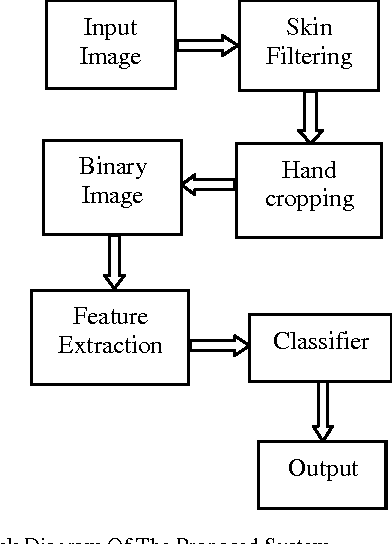
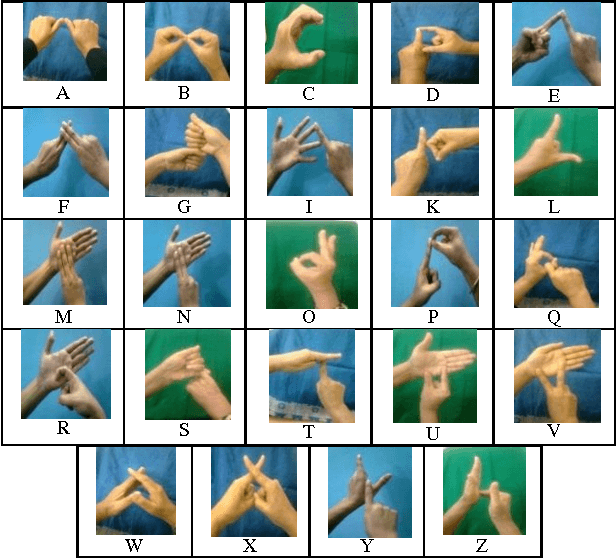
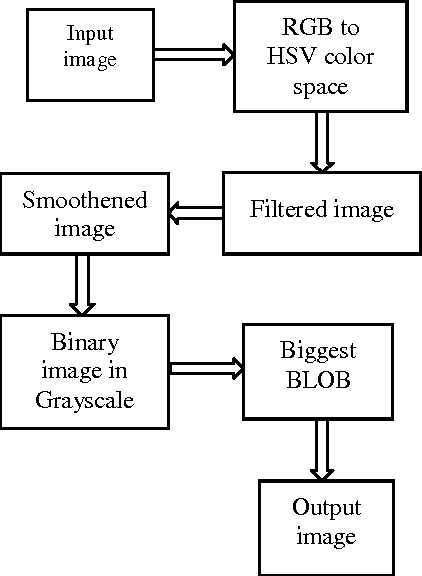
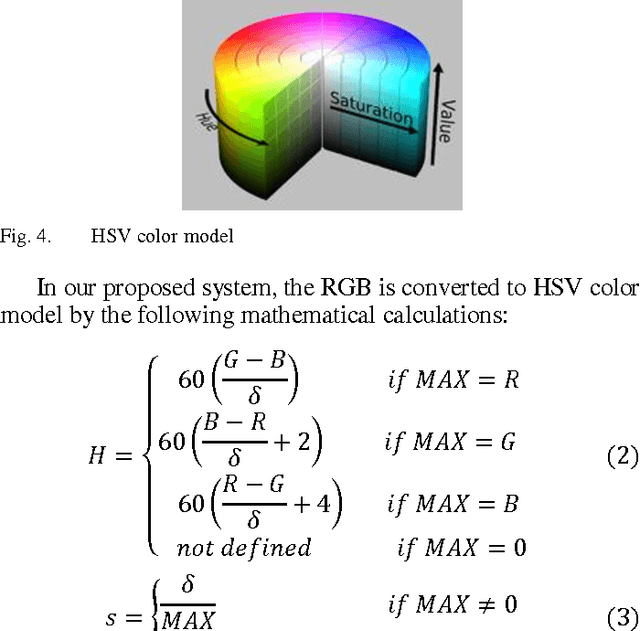
Abstract:Sign Language Recognition is one of the most growing fields of research today. Many new techniques have been developed recently in these fields. Here in this paper, we have proposed a system using Eigen value weighted Euclidean distance as a classification technique for recognition of various Sign Languages of India. The system comprises of four parts: Skin Filtering, Hand Cropping, Feature Extraction and Classification. Twenty four signs were considered in this paper, each having ten samples, thus a total of two hundred forty images was considered for which recognition rate obtained was 97 percent.
Omega Model for Human Detection and Counting for application in Smart Surveillance System
Mar 04, 2013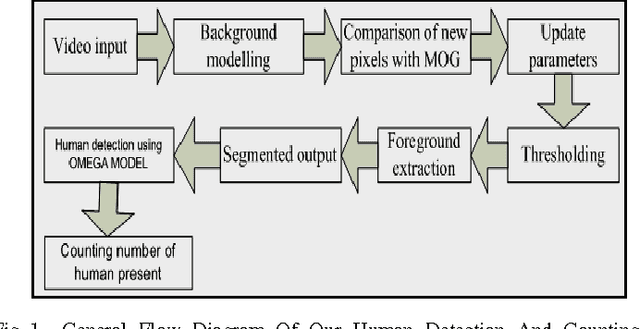
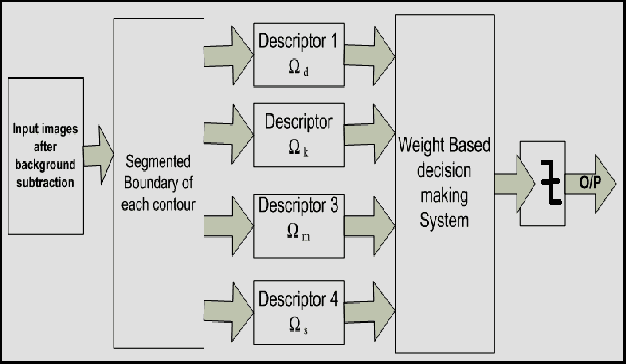
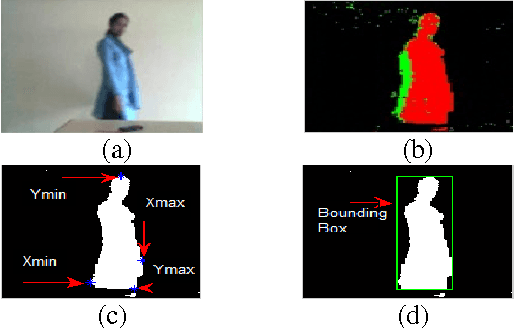
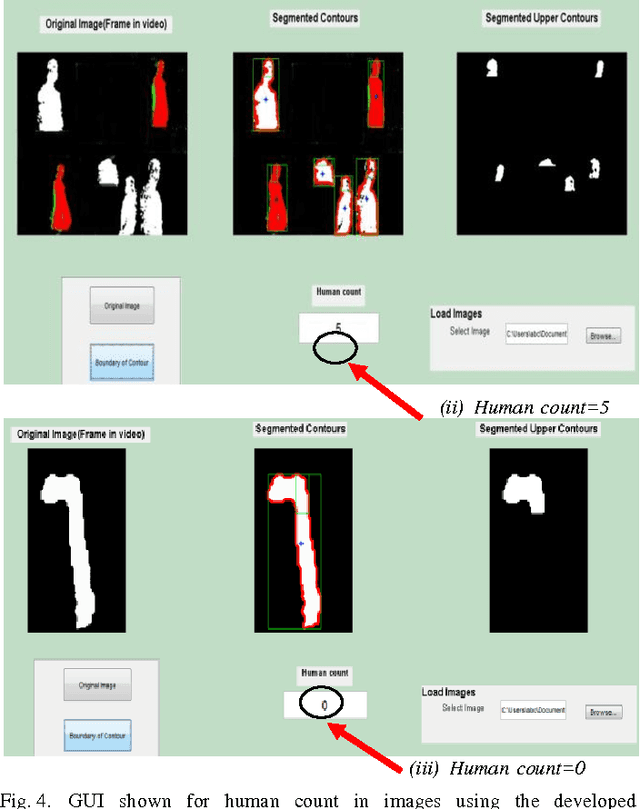
Abstract:Driven by the significant advancements in technology and social issues such as security management, there is a strong need for Smart Surveillance System in our society today. One of the key features of a Smart Surveillance System is efficient human detection and counting such that the system can decide and label events on its own. In this paper we propose a new, novel and robust model, The Omega Model, for detecting and counting human beings present in the scene. The proposed model employs a set of four distinct descriptors for identifying the unique features of the head, neck and shoulder regions of a person. This unique head neck shoulder signature given by the Omega Model exploits the challenges such as inter person variations in size and shape of peoples head, neck and shoulder regions to achieve robust detection of human beings even under partial occlusion, dynamically changing background and varying illumination conditions. After experimentation we observe and analyze the influences of each of the four descriptors on the system performance and computation speed and conclude that a weight based decision making system produces the best results. Evaluation results on a number of images indicate the validation of our method in actual situation.
Fingertip Detection: A Fast Method with Natural Hand
Dec 01, 2012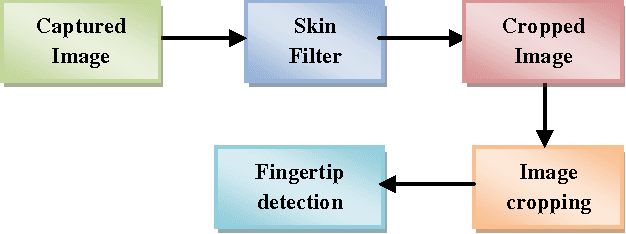
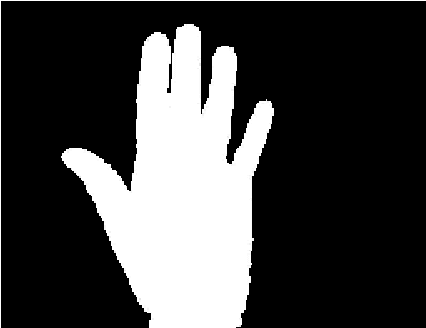
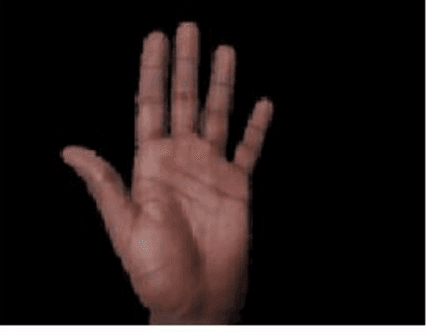
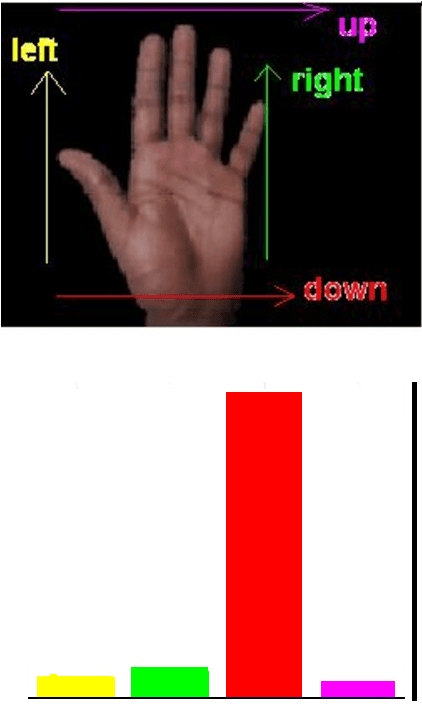
Abstract:Many vision based applications have used fingertips to track or manipulate gestures in their applications. Gesture identification is a natural way to pass the signals to the machine, as the human express its feelings most of the time with hand expressions. Here a novel time efficient algorithm has been described for fingertip detection. This method is invariant to hand direction and in preprocessing it cuts only hand part from the full image, hence further computation would be much faster than processing full image. Binary silhouette of the input image is generated using HSV color space based skin filter and hand cropping done based on intensity histogram of the hand image
 Add to Chrome
Add to Chrome Add to Firefox
Add to Firefox Add to Edge
Add to Edge